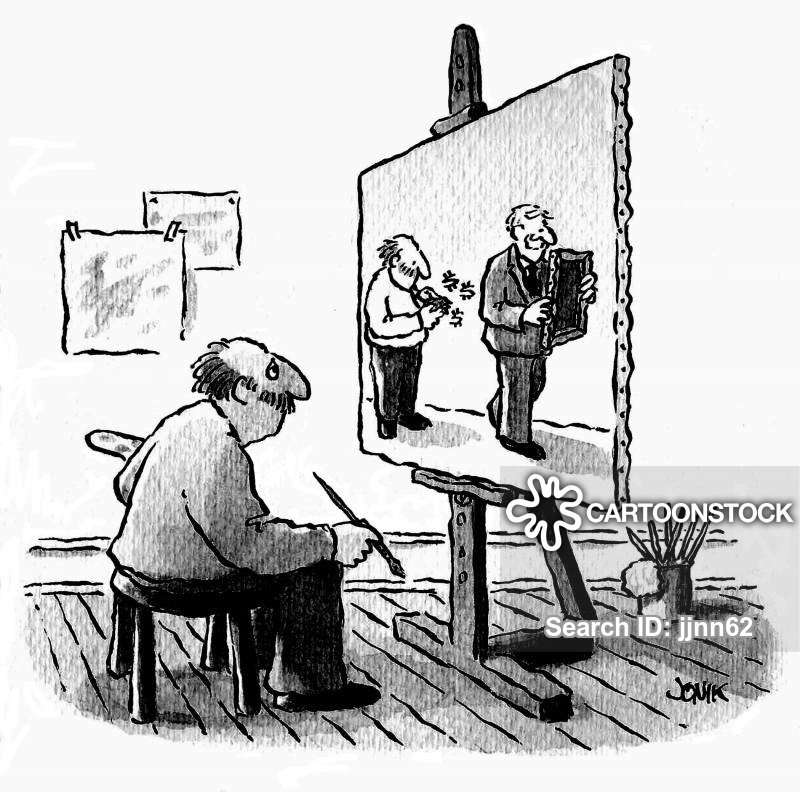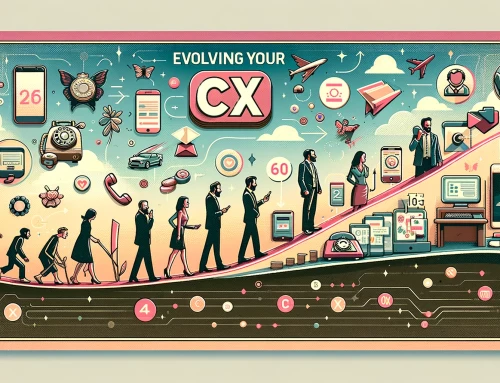Is your sales approach evolving to keep up with the way B2B prospects are buying? They prefer a consultative approach that allows them to learn, not a pitch or gimmick.
I’ve been going to, or conducting sales trainings for over twenty-five years. I still love hearing sales stories about sales people who are “doing it wrong.” One story I still chuckle at today involves an old buddy from the fitness business years ago.
The potential customer shows up at the gym and the salesman asks what they are looking for. The customer replies, “Body Pump and Cycling Classes (group fitness classes).” The salesman responds, “This is our shoulder press machine” as he shows them the body building area.
The story is a lot longer, and it just got worse from there, but it always makes me laugh because the salesman made no effort to understand the buyer. He didn’t sit down first to ask a single question. He just started pitching, or as we used to say, “throwing spaghetti up against the wall to see if it would stick”.
With today’s B2B sales, a consultative approach to selling has become a must. That’s because the way people buy has evolved and improved, dramatically for the better.
In years past, buyers were forced to approach the seller early in the sales process in order to research their purchase. Once contacted, the seller could exert influence over the buyer and the sale. The seller’s leverage was the information the buyer needed. The seller had it, and the buyer didn’t. Each time the buyer went back to the seller for more information, the salesperson could extract another pound of flesh from the buyer and influence the sale. It worked, but buyers hated it! It was so painful. Remember to old trips to the car dealerships. OUCH!
Today, buyers do their own extensive research for their purchases online. They can read product reviews, get pricing, and talk to other people about their experience with a company’s product or service. The tide has turned. Advantage buyer….maybe.
Studies now show that B2B buyers are now almost 60% to 90% through their purchase before they ever contact the seller. The seller’s information leverage has vanished like a Blockbuster Video Store. We can only look back on it and think “how the heck did anyone ever go through that process?”
With the buyers now seemingly in control of the buying process, trying to put pressure on them doesn’t work. Truth be told, it totally backfires because buyers want to buy, but they hate to be sold to. The modern salespeople today must take a much more consultative approach with their prospects. They must listen for opportunities to help, teach and most importantly, totally delight the buyer. It’s the age of Customer Experience, CX!
Pitching is Dead — TEACHING is the new pitching.

Here is the beauty of the new artform of selling though. When it’s done right, selling doesn’t even feel like selling. It’s more like a consultation from a trusted advisor than selling.
Here are our six keys to take a more consultative approach to selling:
1) Investigate: Every lead that’s generated needs to be fully researched. Things like company size, services offered, leadership, culture, mission, etc. Even if a new lead calls you, start researching them while they are on the phone. You can start learning their language immediately. And while reaching your prospects has never been more difficult, the ability to research them has never been easier. The investigation phase will help with the five keys following.
2) Inquire: The more information you get, the more you can help, add value, differentiate yourself from your competition and close sales. Questions are by far the most important sales tool and sadly the least used. Ask open ended questions that begin with words like what, how, why, where, when and who. Think about this, you need to get them talking about their favorite subject, their own company. It’s like asking people about their kids. They love to tell you about them. In the B2B world their business is their kid. Try to avoid yes or no questions. One of the biggest mistakes a salesperson makes is to assume something about the buyer and you know what happens when you ASS-U-ME! Asking questions minimizes the perils of assuming.
3) Tune In: Once you ask, shut your mouth and listen! Don’t think about what your next question will be or how-to rebuttal them. Instead, repeat back what they buyer has said. We call this “feeding it back” or paraphrasing. This will make the buyer feel understood and will force you to focus on what the buyer is really saying. Strive to do only 25% of the talking. This may feel awkward at first, but you’ll be amazed at how well it works. Great sales people help customers talk themselves into a sale by asking great questions.
4) Educate: As we mentioned early, teaching is the new pitching. While actively listening to the buyer, look for teaching opportunities that can help educate them. You want to help the buyer discover that what they really want and need. When a customer learns something new that will help them, it helps build preference and loyalty between the seller and buyer. When teaching, avoid talking too much about your own product or services. Stay solution focused.
5) Qualify: “ABC! Always be closing!” was a mantra from the old days of selling. You know that Boiler Room highlight reel. If you’re still using that approach with your people you need to stop. The new and improved version should be “ABQ! Always be QUALIFYING.” This tells you what your next steps should be. When qualifying, follow something like the BANT approaches:
- Budget — Are there financial means for a solution to their problem?
- Authority — Determine the real decision maker. How is righting the check?
- Need — Is there a specific pain point the buyer has that you can solve?
- Timeline — What is the specific time frame for when the prospect needs your solution?
Note: Most failed sales opportunities don’t have good answers for BANT.
6) Close: If you’ve done the first five steps correctly, they close themselves verses you having to arm-wrestle them into it. The buyer will feel comfortable and will know what they need to do next and have fewer questions and less buyer’s remorse.

Artist Paints Sale
In conclusion,
B2B sales is a real art, and it takes an artist to do it. That’s why so many struggle. They may have the artist but not artistic resources. OR, they may have the resources, the canvas, the brushes, the paint but no artist. The companies who are really great at B2B sales are worth their weight in gold and if it’s not “what you do” you should heavily consider outsourcing it to someone who does. If you are an amazing interior decorator you wouldn’t try to paint the pictures you are hanging in your client’s home to save money. You would hire a real artist or buy the artwork from a pro. B2B sales is no different. Buyers love to buy, but they don’t like being sold to. They do, however appreciate being helped by a trusted advisor. If the right questions are asked, active listening takes place, and qualifying is conducted a consultative approach blooms and more sales close.
For more information on how Leading Edge Connections B2B sales teams can elevate your company’s revenue with a ROI email info@lec4you.com





Leave A Comment